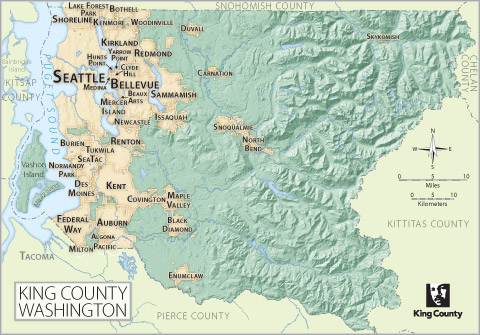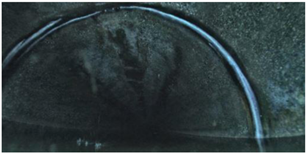RedZone Robotics is proud to celebrate the accomplishments of our field crews and projects in conjunction with key partners in our industry. These projects have been chosen to share the challenges that system owners face and the capabilities of RedZone’s technologies. Today’s post focuses on, long–term, long range inspection success in King County, Washington.
King County, home to Washington’s largest City of Seattle, is one of RedZone Robotics’ oldest inspection partners. The Wastewater Treatment Division (WTD) covers an area over 420 square miles, serving over 1.8 million residents. Their work involves the upkeep and maintenance of 5 treatment plants and nearly 400 miles of collection system pipelines. This includes outfalls and tunnels that are some of the largest and longest linear assets on the West Coast, reaching distances of over 2 miles!
King County: Home to larger-than-life assets

The sheer size of these underground assets is intimidating, but more so when you consider the rate of flow and the consequence of a potential failure. The magnitude of a collapse on a 100-inch+ pipe can be unfathomable, which is why there is a strong emphasis on accurate condition assessment data. Using this data, WTD have developed a CSI, or Conveyance System Improvement plan, to further mitigate issues that may arise. WTD staff have done an excellent job in maintaining these assets and have leveraged cutting-edge technologies to continue to collect the best inspection data available.
Multi-sensor inspection for offers solutions for long range assets
For over 10 years, RedZone has aided King County with the use of multi-sensor inspection technologies. This includes the use of sonar for measuring debris depths and volumes, and laser for measuring corrosion and deterioration. More importantly, RedZone’s platforms have enabled complete inspection from access point to access point. These long range inspection deployments are crucial for a synchronized inspection, as well as managing project timelines and cost.
In 2017, RedZone used their Responder robot to traverse over 6800 LF (~1.3mi) of the Ft. Lawton Tunnel, a 144-inch circular reinforced concrete pipe. This required the use of Responder to ensure that pipe walls were visible via the enhanced lighting capabilities. LiDAR processing was used for measuring and confirming internal diameters.
Not to be outdone, RedZone’s floating asset, Profiler, has also completed long-distance deployments. To date, the Profiler has the record for longest multi-sensor inspection, reaching a distance over 11,000 LF. More fascinating, is the fact that it has completed this length of inspection multiple times, all in King County, WA.
Long range inspection data offers WTD decision-making insight
WTD staff and engineering consultants use these multiple inspections to perform comparisons. This comparison, or time-based analysis, is a useful report for determining degradation over time and remaining useful life. By spacing out the intervals at which inspections occur, they can better understand how quickly defects may change or alter, allowing them to predict, and prevent, potential issues. For instance, the 2014, 2016, and 2018 inspection comparison report demonstrated an increase in infiltration defects over that 4-year span, as well as an increase in sediment volumes.
Data gathered as part of the ongoing partnership between RedZone and WTD


King County is going the distance when it comes to managing this critical infrastructure. They are not only using quantitative technologies that meet their distance needs but are pushing the boundaries for how this data is analyzed. This information will empower WTD staff to make data driven decisions to protect their underground assets, and the communities they serve, for years to come.





